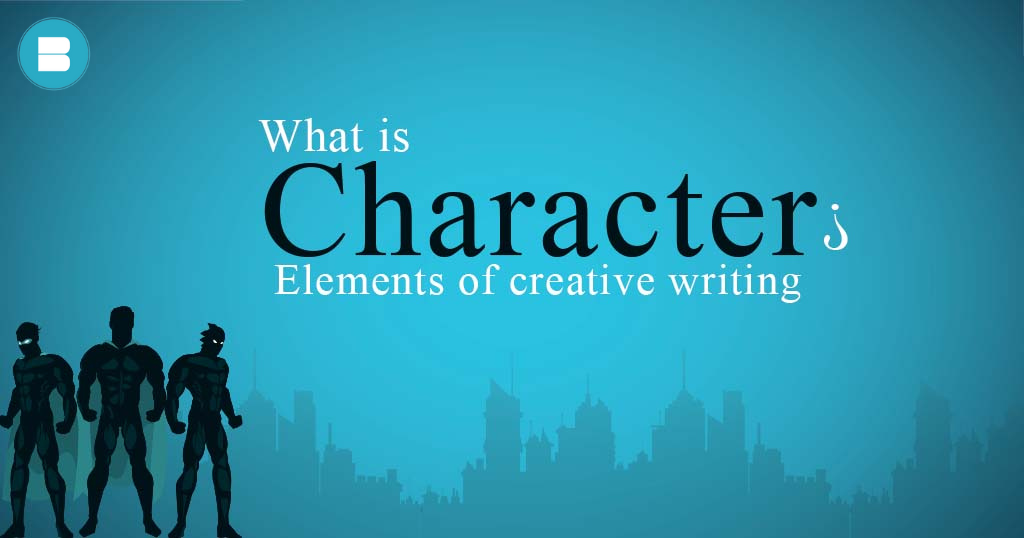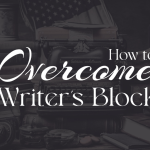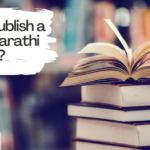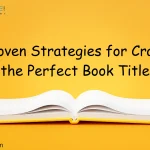People usually have a doubt what is character? Characters are the beating heart of creative writing, breathing life into the story with their presence. They can be people, animals, or even abstract entities, conjured up by the writer’s imagination or inspired by real-life individuals.
These figures propel the narrative forward, their actions, thoughts, emotions, and interactions weaving together to create a compelling tale. In crafting characters, the writer must bring to life their physical attributes, personality quirks, motivations, and relationships with other characters.
The most captivating characters are those who are multi-dimensional and nuanced, capable of evoking a range of emotions in the reader and drawing them into the story’s unfolding drama.
There are several kinds of characters in a story other than ‘hero’ and ‘villain’. Each and every character moulds the story but most importantly they mould the main characters to become readers’ choices. So here are different kinds of characters that you may find in your favourite novel:
- Protagonist: The main character around whom the story revolves. Examples include Harry Potter in the Harry Potter series, Katniss Everdeen in The Hunger Games, and Elizabeth Bennet in Pride and Prejudice.
- Antagonist: The character or force that opposes the protagonist, creating conflict and tension. Examples include Voldemort in the Harry Potter series, President Snow in The Hunger Games, and Lady Catherine de Bourgh in Pride and Prejudice.
- Supporting characters: These characters are secondary to the protagonist and the antagonist, but they play a significant role in the story’s development and often provide insight into the main characters. Examples include Ron and Hermione in the Harry Potter series, Gale and Peeta in The Hunger Games, and Mr. Darcy and Mr. Bingley in Pride and Prejudice.
- Static characters: These characters remain the same throughout the story and do not undergo significant changes. An example is Mrs. Bennet in Pride and Prejudice, who remains focused on marrying off her daughters and maintaining social status, despite events and developments in the story.
- Dynamic characters: These characters undergo significant changes throughout the story, often due to events or interactions with other characters. An example is Ebenezer Scrooge in A Christmas Carol, who transforms from a miserly and selfish person to one who is generous and kind, after being visited by the Ghosts of Christmas Past, Present, and Yet to Come.
- Round characters: These characters are complex and multifaceted, with depth and nuance that make them feel like real people. An example is Holden Caulfield in The Catcher in the Rye, who is rebellious and vulnerable, struggling with identity and adulthood.
- Flat characters: These characters are one-dimensional and lack depth, serving more as plot devices than fully realized individuals. An example is the evil stepmother in Cinderella, who exists solely to create obstacles for the protagonist.
- Stock characters: These characters embody familiar and predictable traits, such as the wise old mentor or the bumbling sidekick. Examples include Yoda in Star Wars as the wise mentor and Ron Weasley in the Harry Potter series as the loyal but often clumsy friend.
- Foil characters: These characters are used to highlight or contrast with the traits of another character, often the protagonist. An example is Mercutio in Romeo and Juliet, who serves as a foil to Romeo by being witty, cynical, and unromantic.
- Symbolic characters: These characters represent abstract concepts or ideas, such as Death or Love. An example is the character of Death in The Book Thief, who is personified and represents the inevitability of mortality.
You may also read: How to Write an Author Bio | BlueRoseOne
A character becomes enchanting for a reader when they are intricately woven, relatable, and captivating. There are various factors that can make a character remarkable:
- Depth: Characters that have layers, depth and exhibit an array of emotions are more fascinating than those that are superficial or cliché. Readers are drawn to characters who have strengths and weaknesses, and whose behavior contradicts their beliefs.
- Relatability: A character who faces situations, emotions, and circumstances that readers can easily identify with can form a deep connection with the reader. When a reader can put themselves in the shoes of the character, the character becomes more tangible, and the story more immersive.
- Proactivity: A character who is proactive and initiates action is more compelling than one who is passive or reactive. A character who makes choices, takes risks, and embraces the consequences of their actions can make the reader feel invested in the story.
- Development: A character who evolves over time can be gratifying for readers. Observing a character surmounting obstacles, learning from past experiences, and adapting to changes can create a sense of attachment and emotional gratification.
- Distinctive traits: A character who has a distinct personality, voice, or viewpoint can be memorable and enthralling for readers. Characters that have a unique way of expressing themselves, whether it’s through their dialogue, thoughts, or behavior, can make them stand out in the reader’s mind.
Read: What is BookTube? Popular types of content found on Booktube
You may also like: Left Behind Series Books in Order: Where to Begin
In essence, a remarkable character makes the reader feel engrossed, captivated, and invested in the story.
To sum it up, a character is a vital ingredient in any narrative. They propel the story forward with their actions, emotions, thoughts, and interactions with others. Characters can be diverse, from the lead protagonist to the supporting cast, and can be categorized based on their role and personality traits.
The hallmark of a well-written character is that they are multi-dimensional, relatable, and evoke emotions in the reader, engrossing them in the story. Ultimately, a remarkable character is one that leaves an indelible impression on the reader’s psyche, prompting them to reflect, empathize, and follow the character’s journey.
Publish your book for free with BlueRoseONE and become a bestselling author. Don’t let your dream of becoming an author fade away, grab the opportunity now and publish your book – be it fiction, non fiction, poetry or more.
















